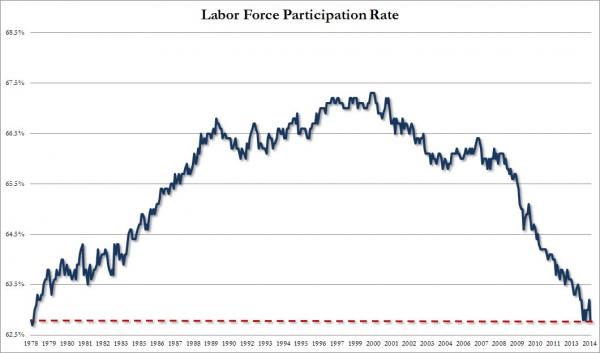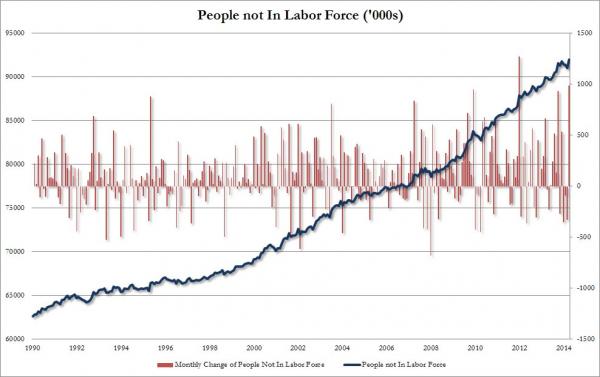Written by David Allan
Many of you may have heard about this summer’s revival of the 1970’s musical “Greece” by the European Community Theatre. While this production, like most community theatre, lacks the polish of a Broadway or West End show, it has received so much media and internet attention that a review of the show seems an appropriate choice for my first blog on the TAO Asset Management site.
First off, I need to admit that I have not seen the show live. However, the media has been so inundated with snippets that I feel unexpectedly qualified to provide a review. The production is being directed by Italian economist and European Central Bank President Mario Draghi. The lightness of his direction is extremely apparent in the unevenness of the performances. The casting is no less inconsistent. The brooding southern European charms of Alexis Tsipras as Danny Zuko and menacing allure of Yanis Varoufakis as sidekick Kenickie are spot on, while the plucky and genial style of Angela Merkel as Sandy Olson cannot hide the fact that at 60 she is simply too old for the role.
The musical numbers are also a problem. With the exception of an exceptionally poignant rendition of “Business School Dropout” by German Finance Minister Wolfgang Schauble, the songs are largely discordant. Particularly grating is the number “Greek Pensions”, which starts abruptly and feels extravagant in the context of the scene in which it arises. The playbill indicates that we can expect a rollicking performance of “Here’s the Loan That You Want” by the entire ensemble in the final Act. While it is unclear whether this number will be offered in a scornful or heartfelt tone, the production to date leaves the audience with the expectation that this will just be the same old song.
Notwithstanding these faults, the production remains compelling viewing. The reimagining of the 50s tale of the seeming irreconcilability of greaser Danny and preppy Sandy as a cultural, economic and political conflict between a centre-right German Chancellor and a Greek Communist populist Prime Minister is inspired, as is the protracted, real-time manner in which the story has unwound. As we move toward the final Act, we are profoundly engaged with the story: will Alexis/Danny don his letterman sweater and embrace conservative economic policies to win favour with Angela/Sandy, or will she instead pull on her Spandex leggings and dance with Syriza? What makes this particular production even more gripping is the sneaking suspicion that even Director Draghi has no idea where this is heading.




